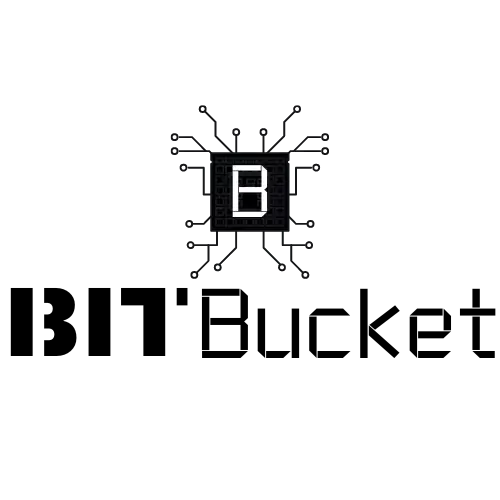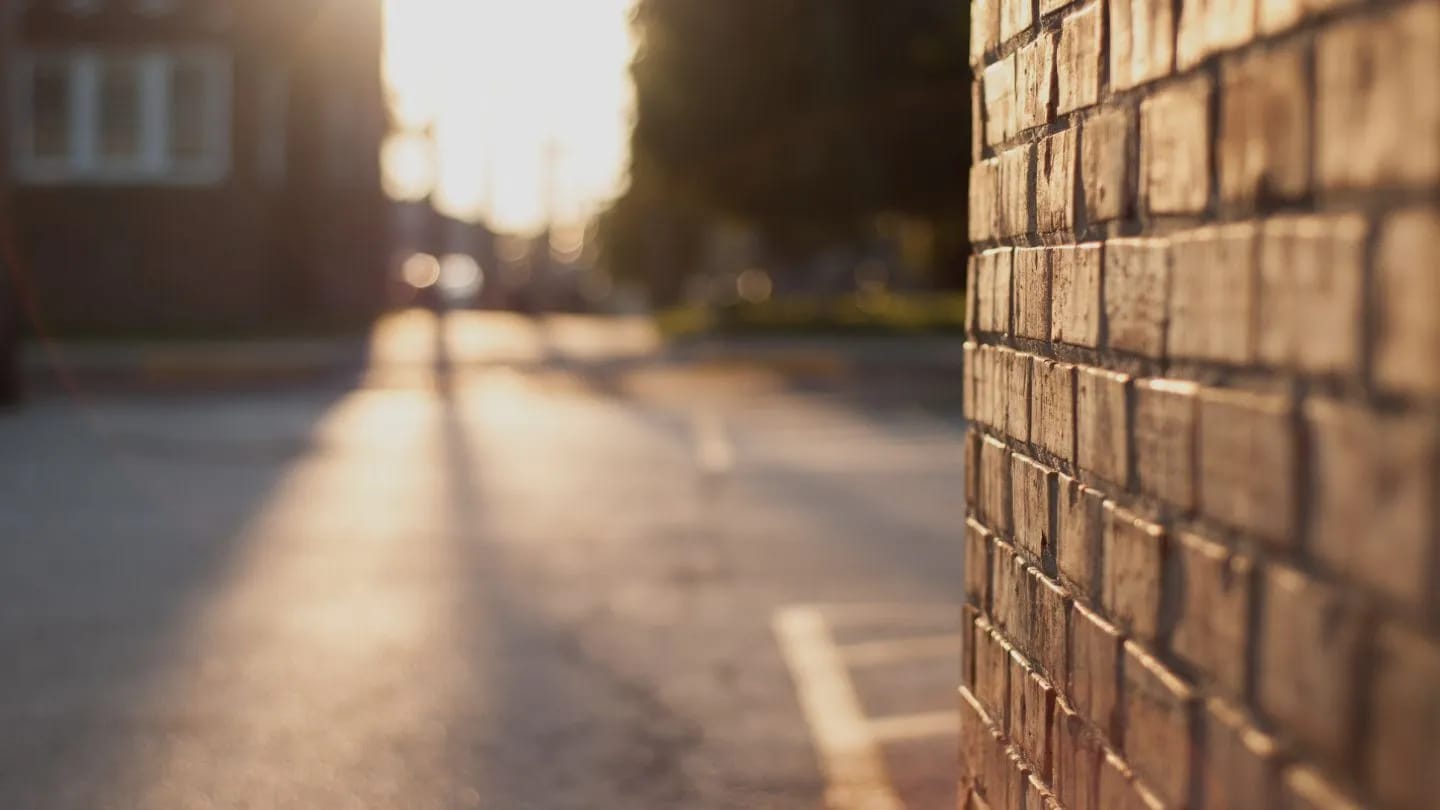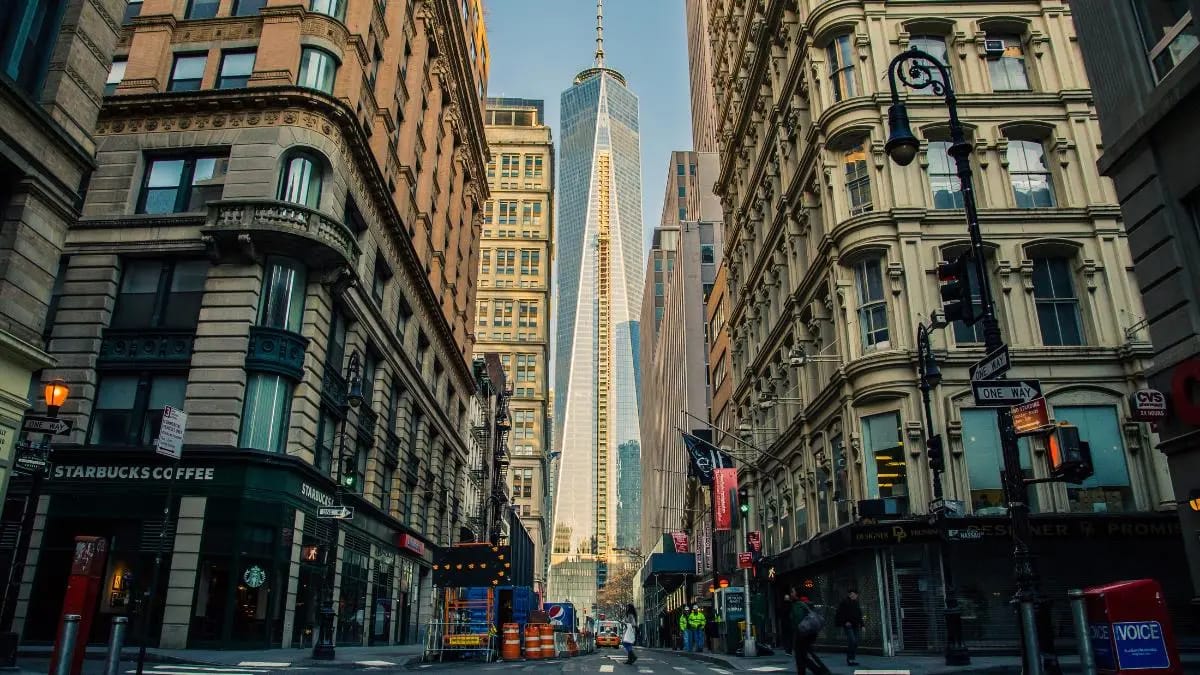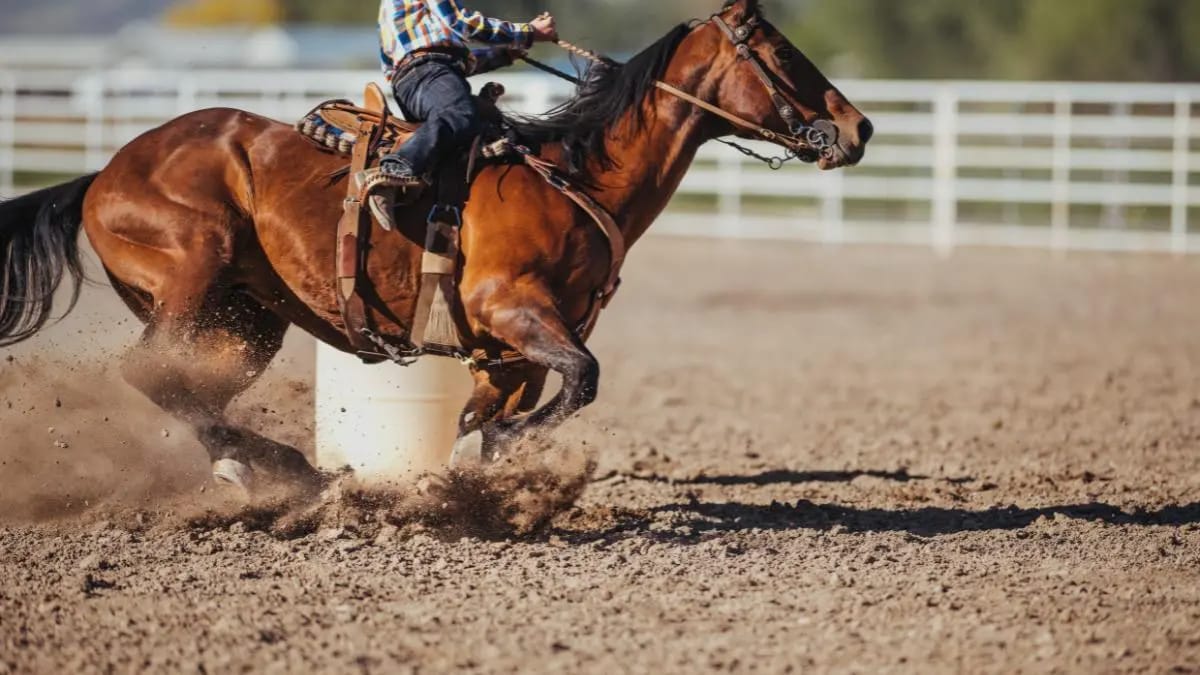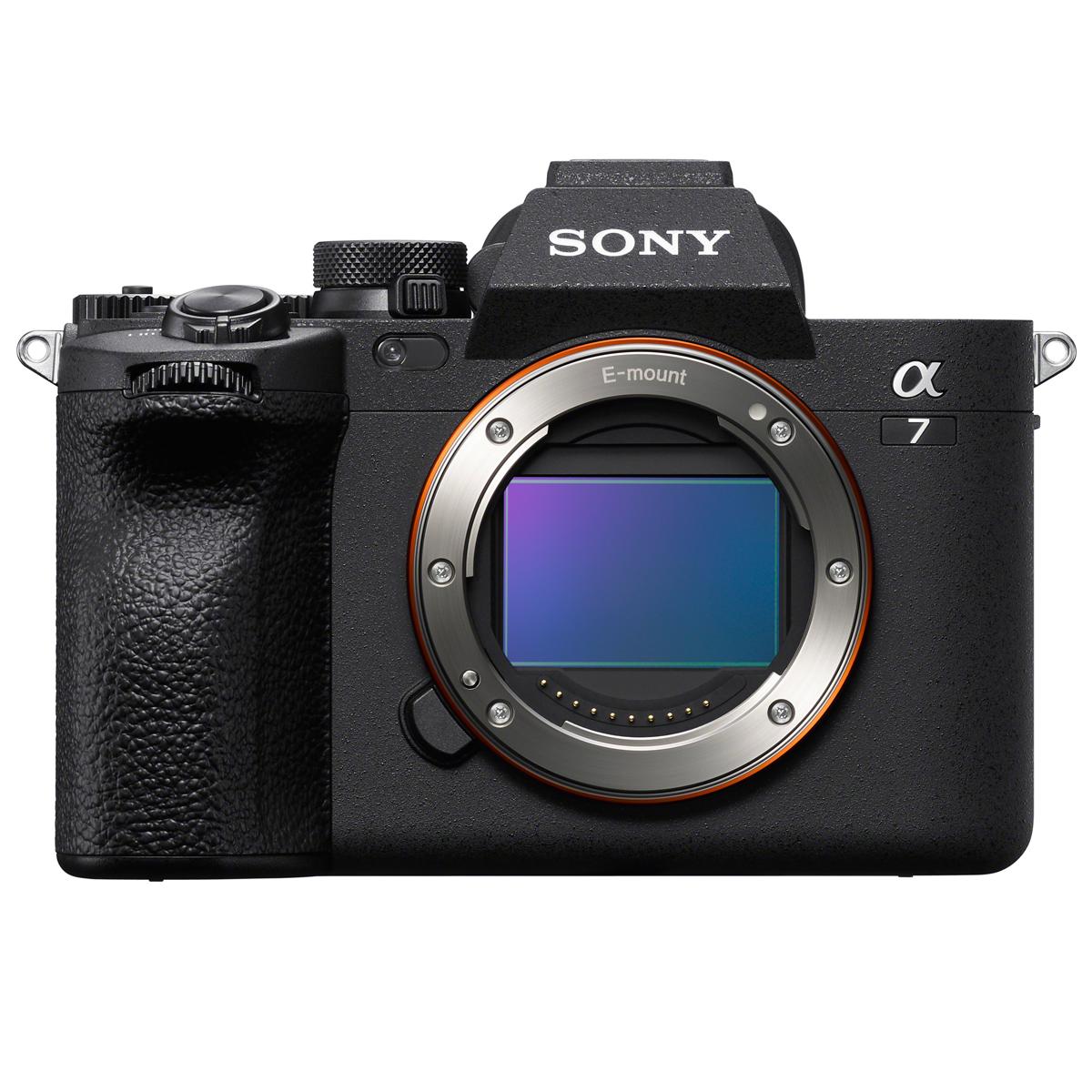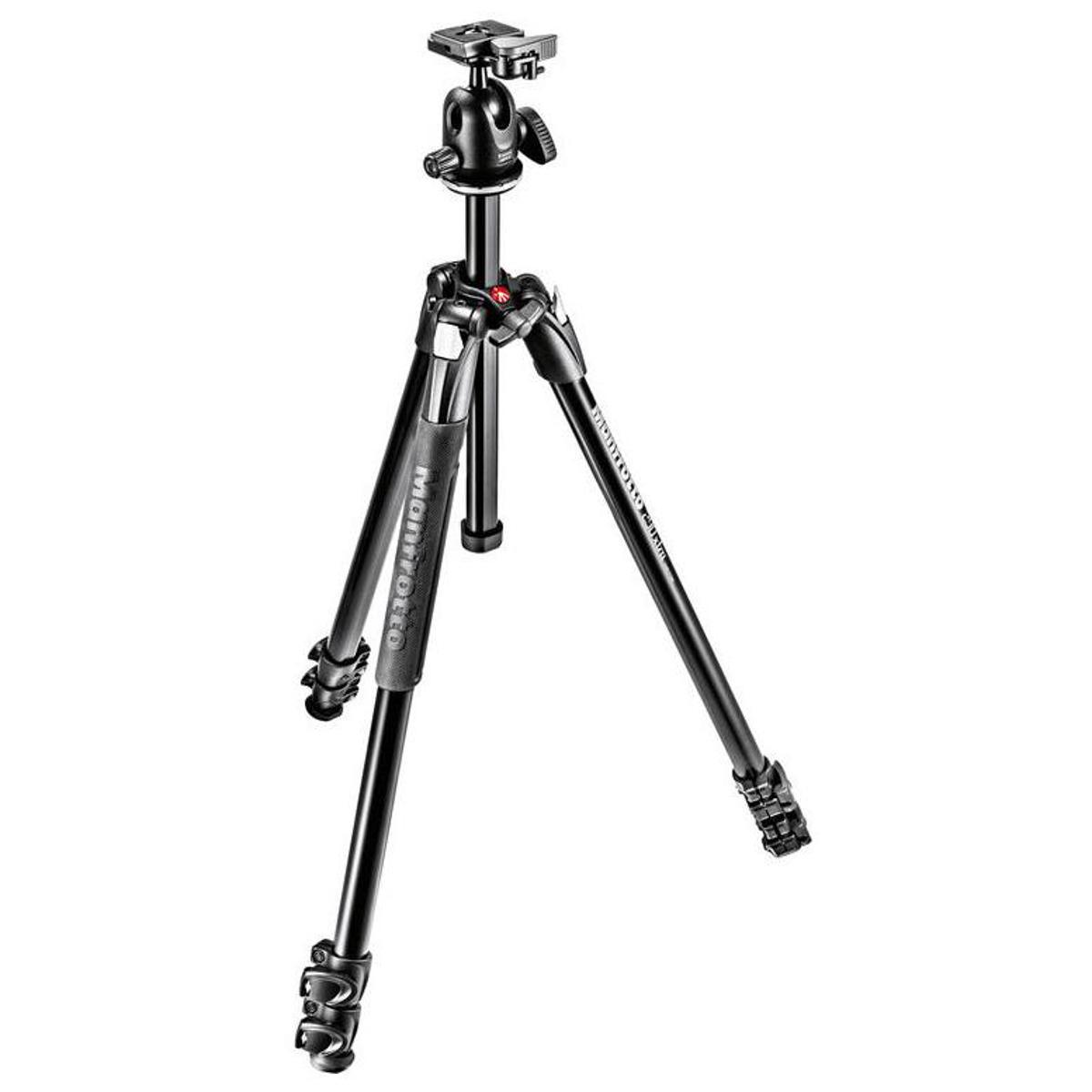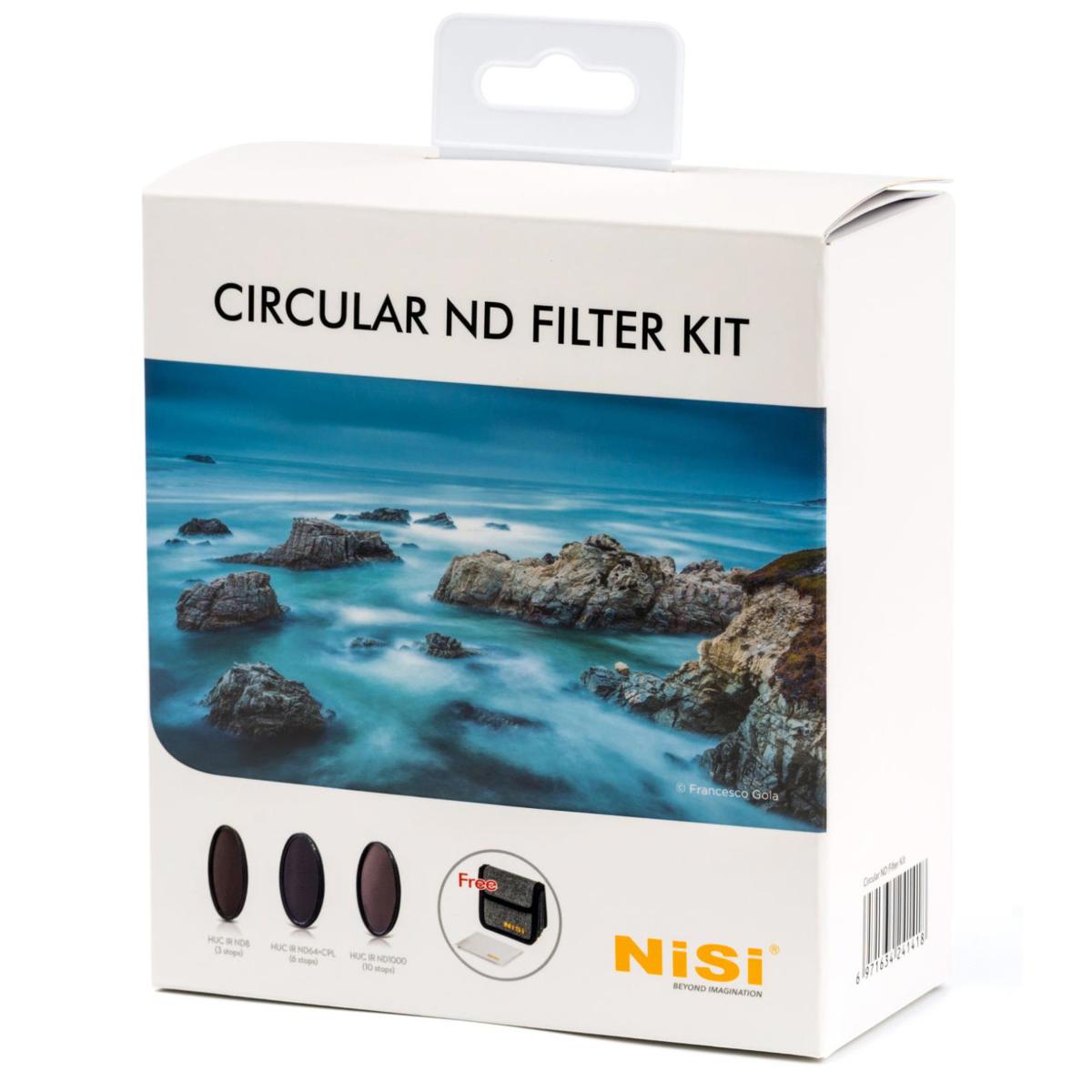Manual Mode vs. Semi-Automatic Modes: Which One Should You Use?
Explore the differences between Manual and Semi-Automatic camera modes. Learn when to take full control or let your camera assist, with real-world examples to enhance your photography skills.
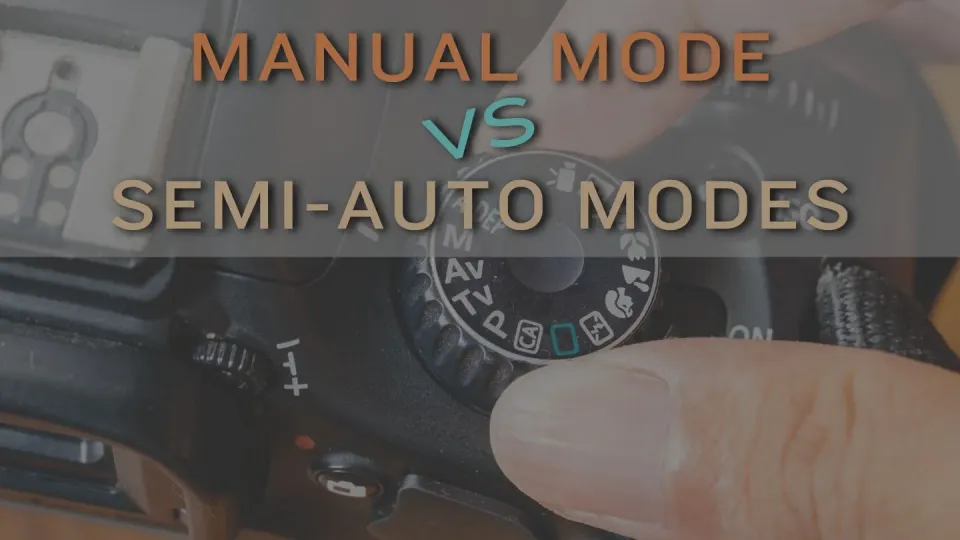
Photography is all about control and creativity. One of the biggest decisions you’ll face as a photographer is whether to shoot in Manual Mode or a Semi-Automatic Mode (Aperture Priority, Shutter Priority, and Program Mode). Understanding when to use each mode will help you capture well-exposed, creative images without frustration.
In this guide, we’ll break it all down so you can confidently choose the right mode for the right moment. Plus, we'll include real-world examples and expert tips to help you level up your skills.
This post contains affiliate links. If you make a purchase through these links, I may earn a commission at no additional cost to you. As an Amazon Associate, I earn from qualifying purchases.
Quick Summary: Manual vs. Semi-Automatic Modes
✅ Manual Mode (M): You’re in full control of aperture, shutter speed, and ISO.
✅ Semi-Automatic Modes: The camera assists with some settings while you focus on others.
✅ Which One Should You Use? It depends on your subject, lighting, and creative vision.
What is Manual Mode?
Manual Mode (M) lets you take full control over your exposure settings, giving you the flexibility to create exactly the look you want. It’s fantastic for photographers who want complete precision, but it does take time to master.
Why Choose Manual Mode?
✔ Creative Freedom: You decide how your image looks without the camera making unexpected changes.
✔ Consistent Exposure: No surprises—your settings remain exactly as you choose.
✔ Great for Learning: A deeper understanding of how aperture, shutter speed, and ISO interact.
✔ Works Best in Controlled Environments: Ideal for settings where lighting stays consistent.
Best Situations for Manual Mode:
📌 Low-Light Photography – Get the right exposure without the camera second-guessing you.
📌 Studio Photography – Works best when you’re in a controlled lighting environment.
📌 Long Exposure Photography – Essential for capturing star trails, light painting, and dramatic night shots.
📌 Flash Photography – Keeps your exposure steady when working with artificial light.
📌 Macro Photography – Ensures perfect exposure and sharp details in close-up shots.
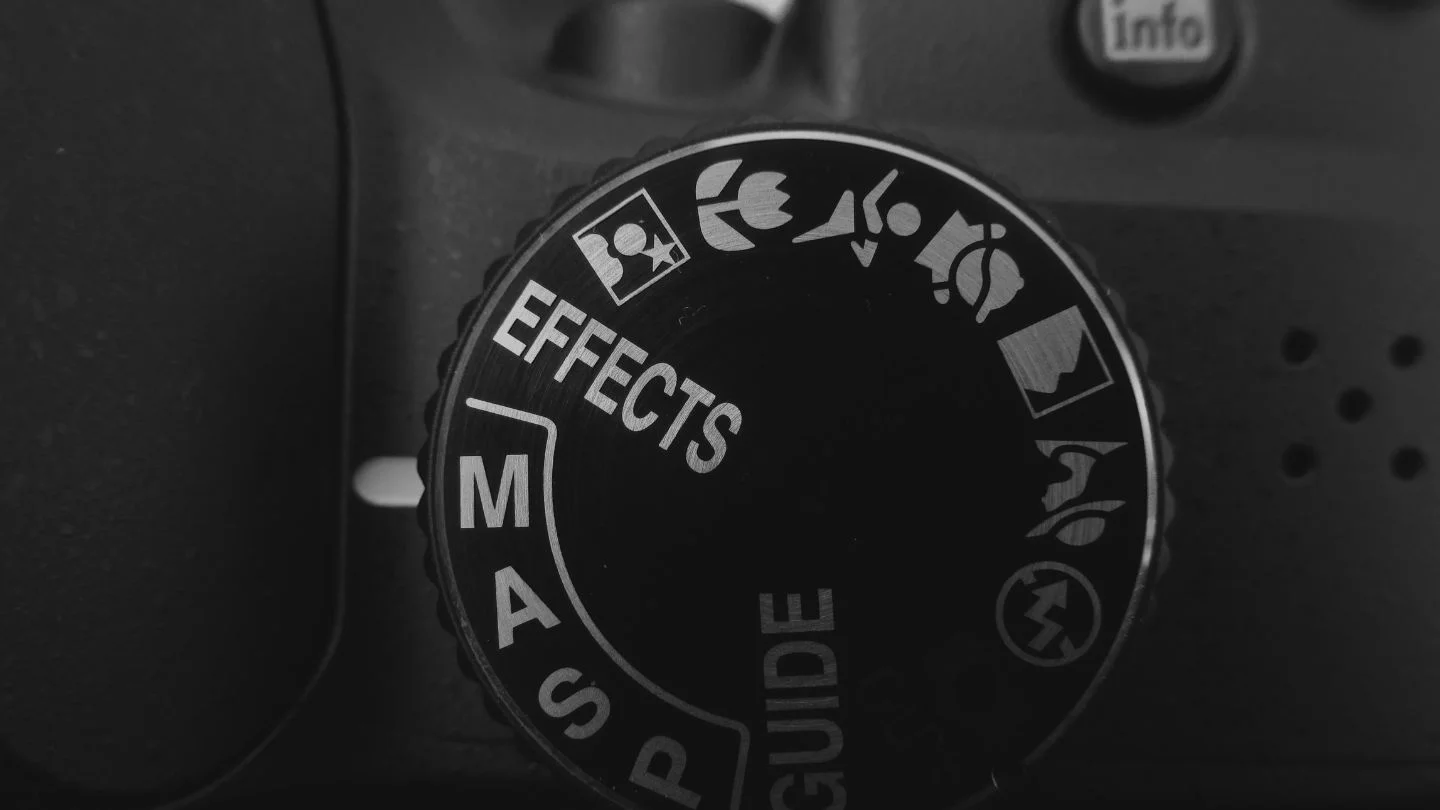
What Are Semi-Automatic Modes?
If you’re not ready to tweak every setting manually, semi-automatic modes offer a balance between control and convenience. These modes allow the camera to handle some of the exposure settings, helping you adapt to changing conditions more quickly.
Breaking Down the Semi-Automatic Modes
| Mode | What You Control | What the Camera Adjusts | Best For |
|---|---|---|---|
| Aperture Priority (Av/A) | Aperture | Shutter Speed | Portraits, Landscapes |
| Shutter Priority (Tv/S) | Shutter Speed | Aperture | Sports, Action Shots |
| Program Mode (P) | ISO & Exposure Compensation | Aperture & Shutter Speed | General Photography, Quick Shots |
Best Situations for Semi-Automatic Modes:
📌 Portrait Photography – Use Aperture Priority to create beautiful blurred backgrounds while keeping the subject sharp.
📌 Action & Sports Photography – Shutter Priority lets you freeze fast-moving subjects like athletes or wildlife in motion.
📌 Travel & Street Photography – Program Mode helps you quickly adapt to different lighting conditions while exploring new places.
📌 Wildlife Photography – Shutter Priority is great for capturing birds in flight or fast-moving animals in their natural habitat.
📌 Event Photography – Aperture Priority ensures well-exposed images in dynamic environments like concerts or weddings.
Manual Mode vs. Semi-Automatic: Which One is Right for You?
The best mode depends on your experience, shooting conditions, and how much control you want.
✔ Go for Manual Mode if:
- You want full creative control over every exposure setting.
- You’re shooting in tricky lighting conditions that require fine-tuned adjustments.
- You love experimenting with unique creative effects.
- You’re working with artificial lighting or flash photography.
- You need precision for commercial or product photography.
✔ Go for Semi-Automatic Modes if:
- You need to react quickly to changing light.
- You’re shooting fast-moving subjects like wildlife or sports.
- You want a balance of control and camera assistance.
- You’re shooting in natural, unpredictable lighting (e.g., outdoor events).
- You need to focus more on composition rather than settings.
Essential Gear for Mastering Camera Modes
Using the right equipment can make a huge difference when shooting in both manual and semi-automatic modes.
Best Budget Lens for Aperture Priority. Ideal for dreamy, blurred backgrounds in portraits.
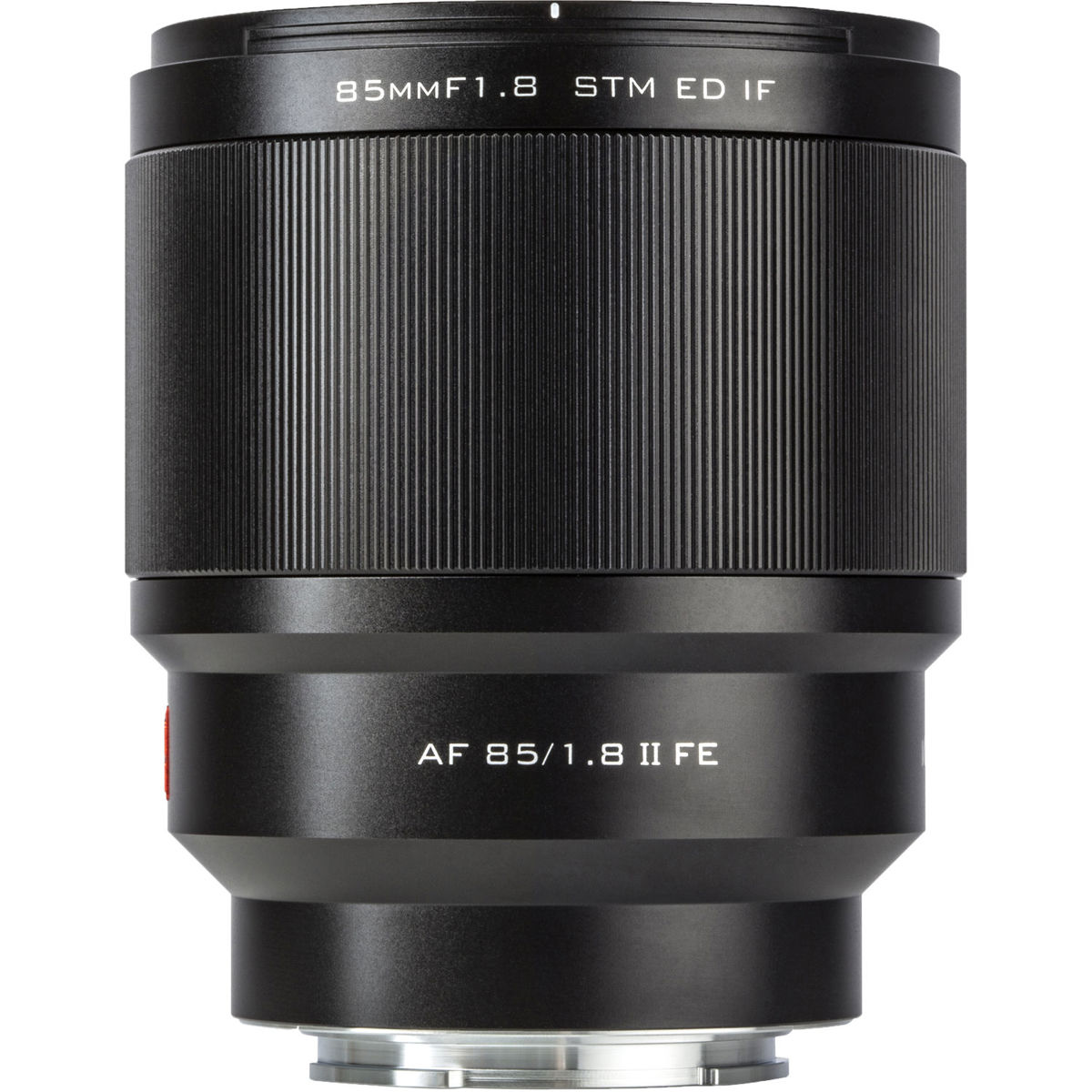
FAQ Section
Q: Should beginners start with Manual Mode?
A: It’s better to start with Aperture Priority Mode (Av/A) to get comfortable with exposure before diving into full Manual Mode.
Q: Why are my photos too bright or too dark in Manual Mode?
A: Check your aperture, shutter speed, and ISO settings. Using the camera’s light meter can help balance exposure.
Q: Which mode is best for portraits?
A: Aperture Priority (Av/A) is your best bet—it gives you control over depth of field for a beautiful, blurred background.
Q: Can I adjust settings in Program Mode?
A: Yes! You can tweak exposure compensation, ISO, and white balance even though the camera picks the shutter speed and aperture.
Q: What’s the best mode for night photography?
A: Manual Mode is ideal, allowing you to control long exposure settings and adjust ISO precisely for night shots.
Want To Learn More?
For more photography tips and techniques, check out:
- Understanding the Exposure Triangle – Learn how aperture, shutter speed, and ISO work together.
- How to Use Shutter Speed for Motion Control – Master the art of freezing or blurring motion.
- Understanding ISO in Photography – Learn how ISO affects light and exposure in photography
Final Thoughts
There’s no single “best” mode—both Manual and Semi-Automatic Modes have their place depending on what you’re shooting. If you want full creative control, Manual Mode is the way to go. But if you need quick adjustments in fast-changing conditions, Semi-Automatic Modes can save the day.
Experiment with both, find what works for you, and most importantly—have fun!
